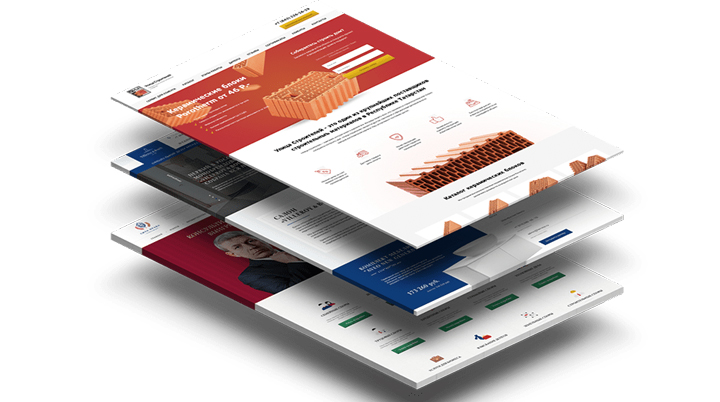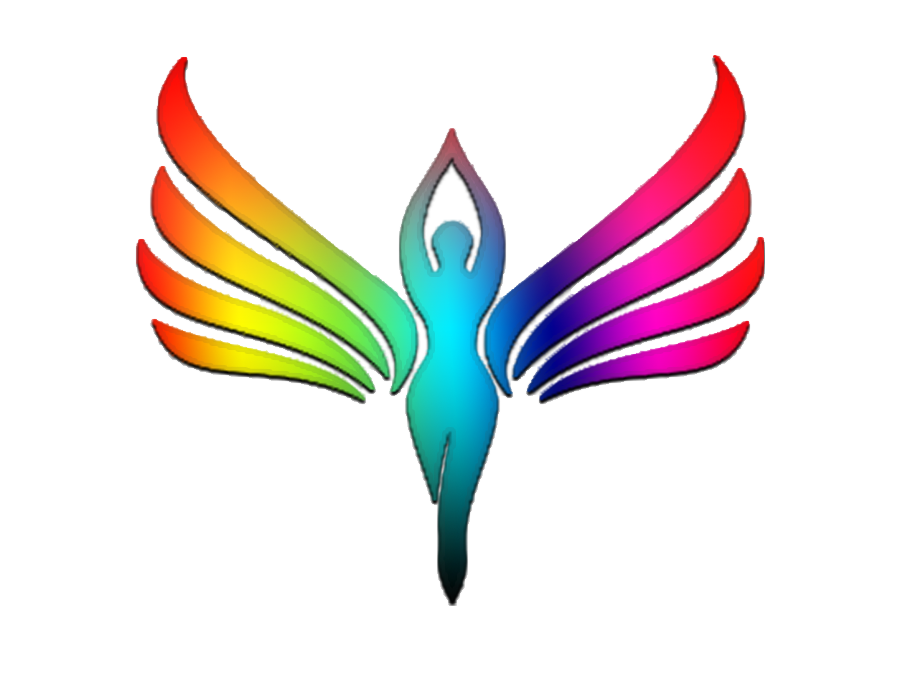THE PROCESS
STEP ONE: Select design package (Hosting/Domain is included in all packages)
STEP TWO: Choose a Domain Name
STEP THREE: Email or upload Content you may have.
(We can provide content if you do not have any).
STEP FOUR: Your website is created, designed and launched. (Allow 14-21 days for completion).



A website is a collection of publicly accessible, interlinked Web pages that share a single domain name. Websites can be created and maintained by an individual, group, business or organization to serve a variety of purposes.
Together, all publicly accessible websites constitute the World Wide Web.
Although it is sometimes called “web page,” this definition is wrong, since a website consists of several webpages. A website is also known as a “web presence” or simply “site”.
Websites come in a nearly endless variety, including educational sites, news sites, porn sites, forums, social media sites, e-commerce sites, and so on. The pages within a website are usually a mix of text and other media. That said, there are no rules dictating the form of a website.
A person could create a website of nothing but black and white photos of roses, or the word “cat” linked to another Web page with the word “mouse.” However, many sites follow a standard pattern of a homepage that links off to other categories and content within the website.
The homepage (or simply “home”) represents the main page of the site itself. Frequently, the homepage is a sort of “hub” from which all other pages can be accessed. An internal web page to which several other pages are linked in a coherent structure (such as a specific category of topics) is instead called a “parent page.”
Every page is a single HTML document, and all of them are connected through hyperlinks (or simply “link”) which can be combined in a navigation bar for ease of use.
The navigation bar is displayed on every page rather than just the homepage, and allows the user to quickly move across the main website’s structure.
Another important section of most websites is the footer, which is another recurring section that is found at the bottom of every page. Usually the footer contains external links pointing to similar websites and other external resources, together with other vital info such as disclaimers, links to the terms of service, privacy policy and contact pages, as well as the physical address of the company that owns the site.
Websites are hosted on servers, and require a web browser such as Chrome, Firefox, or Internet Explorer to be visited (either on a computer or mobile device).
A website can be accessed directly by entering its URL address or by searching it on a search engine such as Google or Bing.
Originally, websites were categorized by their top-level domains. Some examples include:
-
Government agency websites = .gov
-
Educational institutions’ websites = .edu
-
Nonprofit organizations’ websites = .org
-
Commercial websites = .com
-
Information sites = .info
Although these top-level domains extensions still exist, they say little about a website’s actual content. In modern days’ internet, the “.com” extension is by far the most popular domain, together with many other country-specific extensions (.it, .de, .co.uk, .fr, etc.).
The first website was created in 1990 by Tim Berners-Lee, a British physicist at CERN. 3 years later, in 1993, CERN announced that everyone could access and use the World Wide Web for free.
